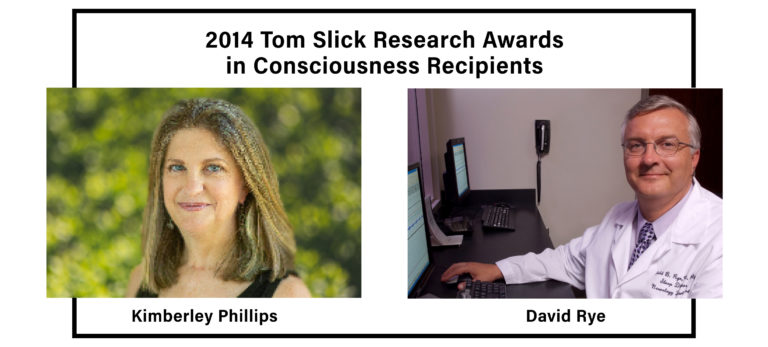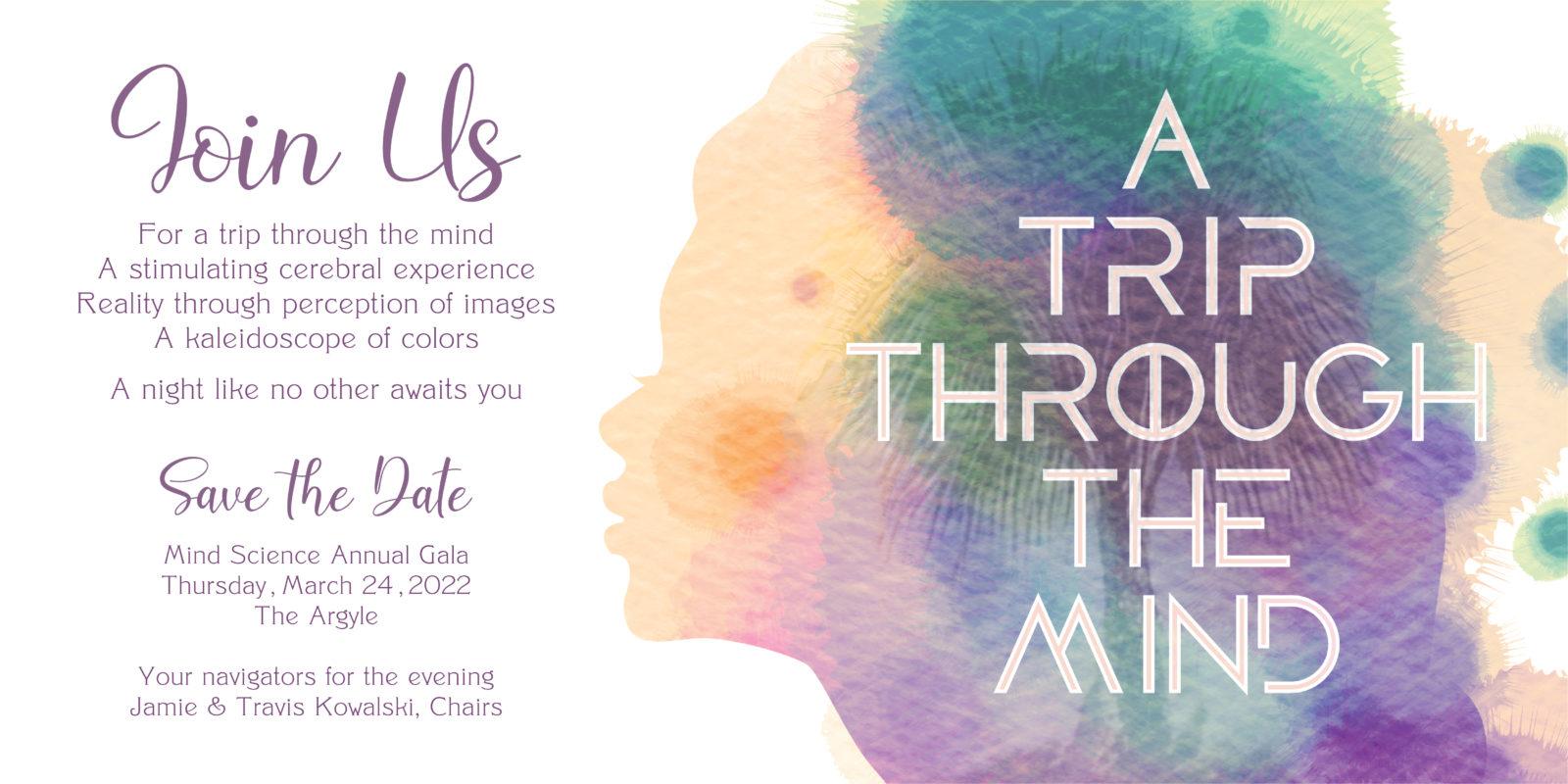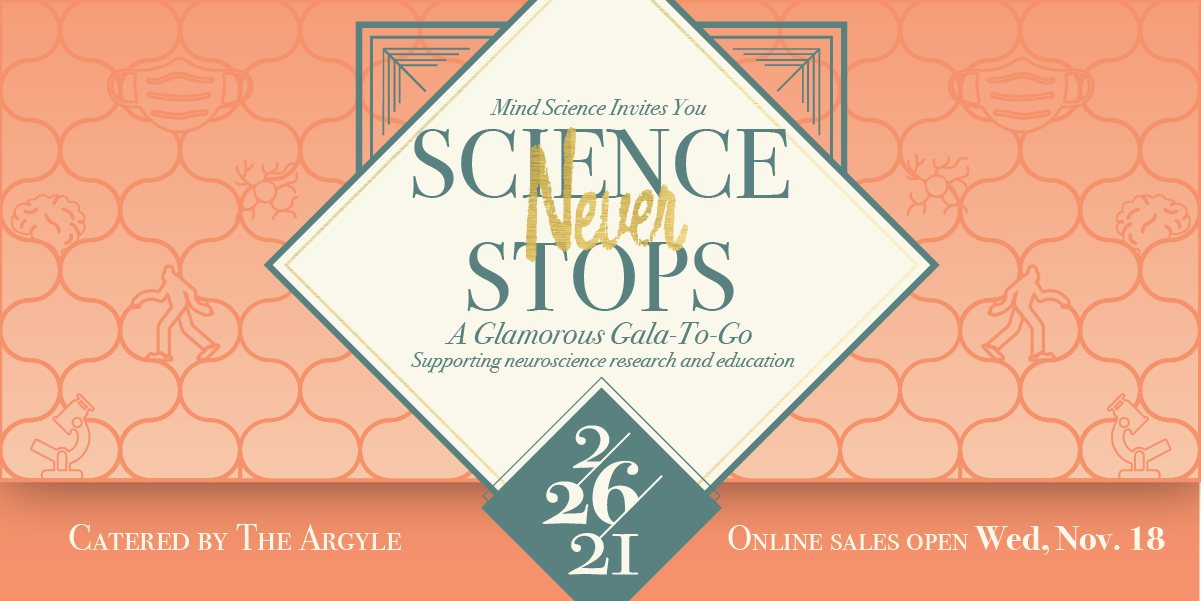2014 Tom Slick Research Awards in Consciousness

Celebrating 10 years of the Tom Slick Research Awards in Consciousness, MSF’s Scientific Advisory Committee announced winners of the 2014 round of funding. The awards celebrate MSF’s longtime commitment to funding research that will lead to significant advancements in the science of consciousness and improvements in the health and well-being of humankind. Researchers hailed from The George Washington University and Emory University School of Medicine, investigating the questions: Is consciousness a binary (all-or-nothing) phenomenon or can it be present in degrees? and Does the brain produce molecules that regulate levels of consciousness?
Evolution of the neural circuitry associated with consciousness
Kimberley Phillips, Ph.D.
Trinity University, San Antonio
Chet Sherwood, Ph.D.
The George Washington University
Is consciousness a binary (all-or-nothing) phenomenon or can it be present in degrees? We can start with the assumption that awake, alert humans are conscious, but most of us assume that consciousness extends to other animals as well. What is it like to be a dog, or a bat, or a monkey, or a fly? Drs. Phillips and Sherwood suggest that we begin investigating this question by looking at some of our closest relatives, our primate cousins, chimpanzees and capuchin monkeys. These animals have brains that are remarkably similar to human brains, but may differ in some important ways. Phillips and Sherwood propose using resting state functional magnetic resonance imaging (fMRI) and diffusion tensor imaging (DTI) to study networks of brain activity involving the precuneus, a part of the parietal cortex that may play a special role in some of the mental activities that seem most uniquely human, such as curiosity, self-awareness, and self-reflection. Phillips proposes that primate evolution may have involved changes in the network of brain activity in different regions of the precuneus, and that transitions in the organization of these networks, from monkey, to ape, to human, can tell us something about the gradual emergence, in the history of primates, of the mental attributes of self-reflective consciousness, that quality of our mental life that we often think of, perhaps not entirely accurately, as most uniquely human.
Endogenous enhancement of gabaa receptor function in disorders of consciousness manifesting as sleepiness
David Rye, M.D., Ph.D.
Amanda Freeman, Ph.D.
Emory University School of Medicine
Does the brain produce molecules that regulate levels of consciousness? We know that states of consciousness are regulated by distributed brain networks and a diverse set of signaling molecules. One of the most common of these molecules is gamma-aminobutyric acid (GABA). We know that drugs that bind to GABA-A receptors can inactivate brain regions and turn on sleep. While many scientists predict that there is a naturally occuring substance, what pharmacologists call an “endogenous ligand,” that can turn on GABA-A receptors and turn down consciousness, the molecule has yet to be identified. Dr Rye and colleagues have reported evidence that they have found the molecule. If they are correct, this finding will constitute a major advance in our understanding of the molecular mechanisms controlling states of consciousness, and suggest new possible therapeutic targets for treatments of disorders of consciousness.



